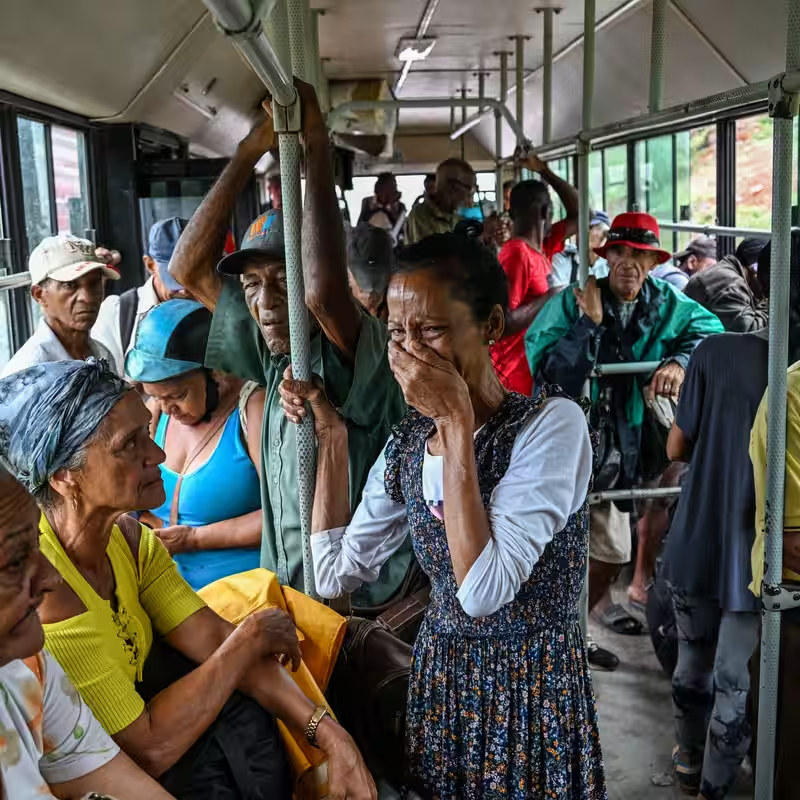Hurricane Melissa is bearing down on the Caribbean—and Cuba is taking no chances. In one of the largest peacetime evacuations in the island’s history, over half a million residents have already been moved to safer ground as the Category 4 storm approaches with “catastrophic” wind speeds and life-threatening storm surge .
Table of Contents
- Unprecedented Evacuation Effort
- Why Hurricane Melissa Is So Dangerous
- Cuba’s Disaster Response Model
- Broader Caribbean at Risk
- Climate Change and Stronger Storms
- Sources
Unprecedented Evacuation Effort
According to Cuban state media, more than 500,000 people—primarily from low-lying coastal provinces like Pinar del Río, Artemisa, and Mayabeque—have been relocated to schools, government shelters, and homes of relatives in inland areas .
“We’re not waiting for the storm to decide for us,” said Dr. Ana López, a civil defense coordinator in Havana. “Every life is a priority.”
The evacuation, launched 72 hours before landfall, is being carried out by local committees, military personnel, and volunteers—a hallmark of Cuba’s highly organized civil defense system that has saved countless lives during past hurricanes.
Why Hurricane Melissa Is So Dangerous
Hurricane Melissa has intensified rapidly over the warm Caribbean Sea, now packing sustained winds of 145 mph. The U.S. National Hurricane Center warns of “catastrophic wind damage,” storm surges up to 15 feet, and rainfall totals exceeding 20 inches in some areas—enough to trigger deadly flash floods and landslides .
“This is not just a big storm—it’s a historic one,” said meteorologist Carlos Mendez. “The combination of intensity, slow movement, and moisture content makes it exceptionally dangerous.”
Cuba’s Disaster Response Model
Cuba is widely praised for its proactive disaster management. Despite limited resources, the island has one of the lowest hurricane fatality rates in the world, thanks to mandatory evacuations, public education campaigns, and a centralized emergency command structure.
Hospitals have been evacuated or reinforced. Power grids in vulnerable zones are being preemptively shut down to avoid electrocution risks. Even livestock is being moved to higher ground.
Broader Caribbean at Risk
Cuba isn’t alone. Jamaica, the Bahamas, and the Cayman Islands are also on high alert. Earlier this week, Jamaica reported widespread flooding as outer bands of Melissa dumped torrential rain—foreshadowing what may come.
Small island nations, already burdened by debt from previous climate disasters, fear another economic collapse if infrastructure is destroyed again .
Climate Change and Stronger Storms
Scientists say storms like Melissa are becoming more frequent and intense due to climate change. Warmer ocean temperatures fuel rapid intensification, while rising sea levels worsen storm surge impacts.
“What we’re seeing is no longer an anomaly—it’s the new normal,” said Dr. Elena Ruiz, a climate scientist at the University of Havana. “And the most vulnerable pay the highest price.”
As world leaders prepare for COP29 in Brazil next week, the crisis unfolding in Cuba underscores the urgent need for climate finance and loss-and-damage funding for developing nations.




